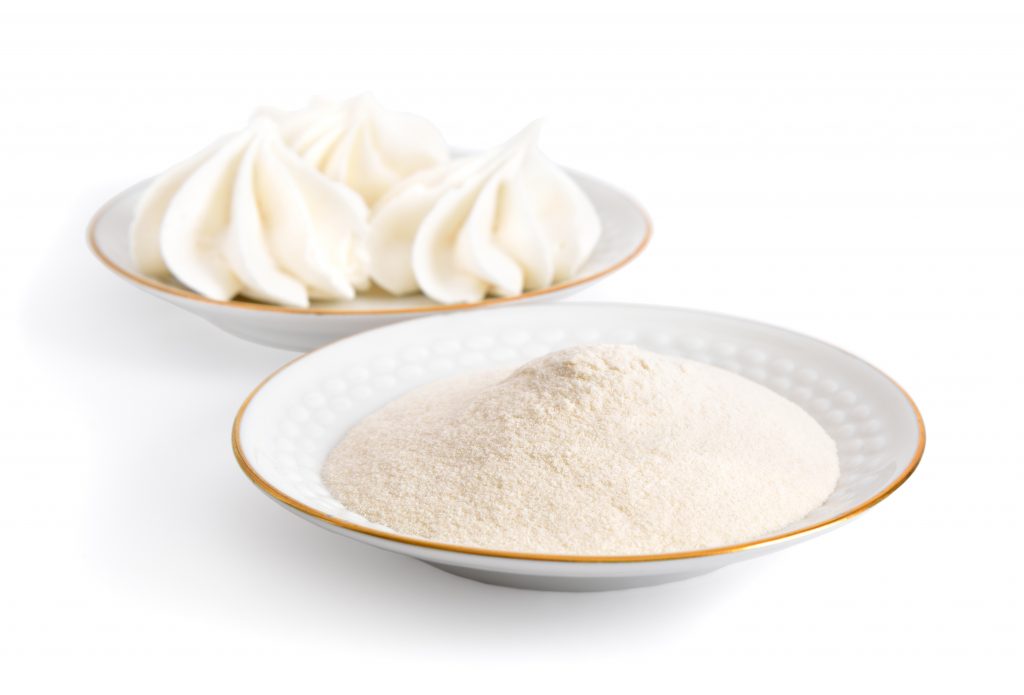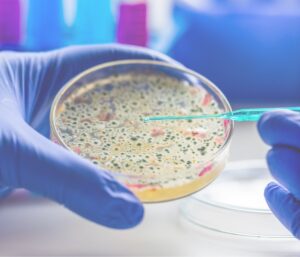
Both are hydrocolloids from red algae that are used as ingredients in the food industry. However, in spite of their common vegetable origin, we can see some differences between both:
Firstly, the species of algae from which each comes are different; while agar comes from the red algae species Gelidium and Gracilaria, carrageenan is extracted from the algae Euchema and Gigartina.
We also find distinctions in gelation. Unlike other hydrocolloids, agar is produced by means of hydrogen bonds between agarose molecules, without requiring other molecules to generate the gel. On the other hand, carrageenan does require the extra ‘help’ of other molecules, such as sugars or salts, to gel. This means that its use can alter the color, flavor or odor of the foods in which it is incorporated.
In addition to this gelling property, we should mention their dissimilarities in terms of power. While agar is capable of forming gels with concentrations of less than 1% and has a gelling power between 5 and 8 times greater than the rest of the hydrocolloids, which makes it possible to use smaller quantities of product to achieve the same effect.
The textures produced by each one are also different. On the one hand, the gels obtained from agar are always strong. However, carrageenan can form 3 types of textures: iota (weak and elastic gels), kappa (strong and rigid gels) and lambda (does not gel and hardly provides viscosity).
Regarding its behavior with temperature, we can say that the dissolution of carrageenan differs according to its typology. While the kappa and iota types dissolve from 70º, lamba is soluble when cold. Agar is usually soluble when it reaches 100º, except for those of low solubility, which dissolve at 65º.
Finally, it is worth mentioning the caloric content of agar, which is the lowest of all the thickeners on the market.





